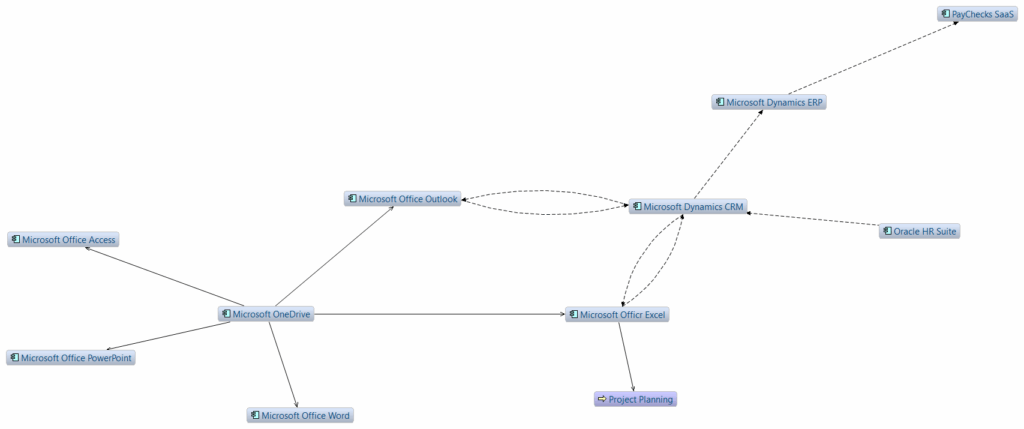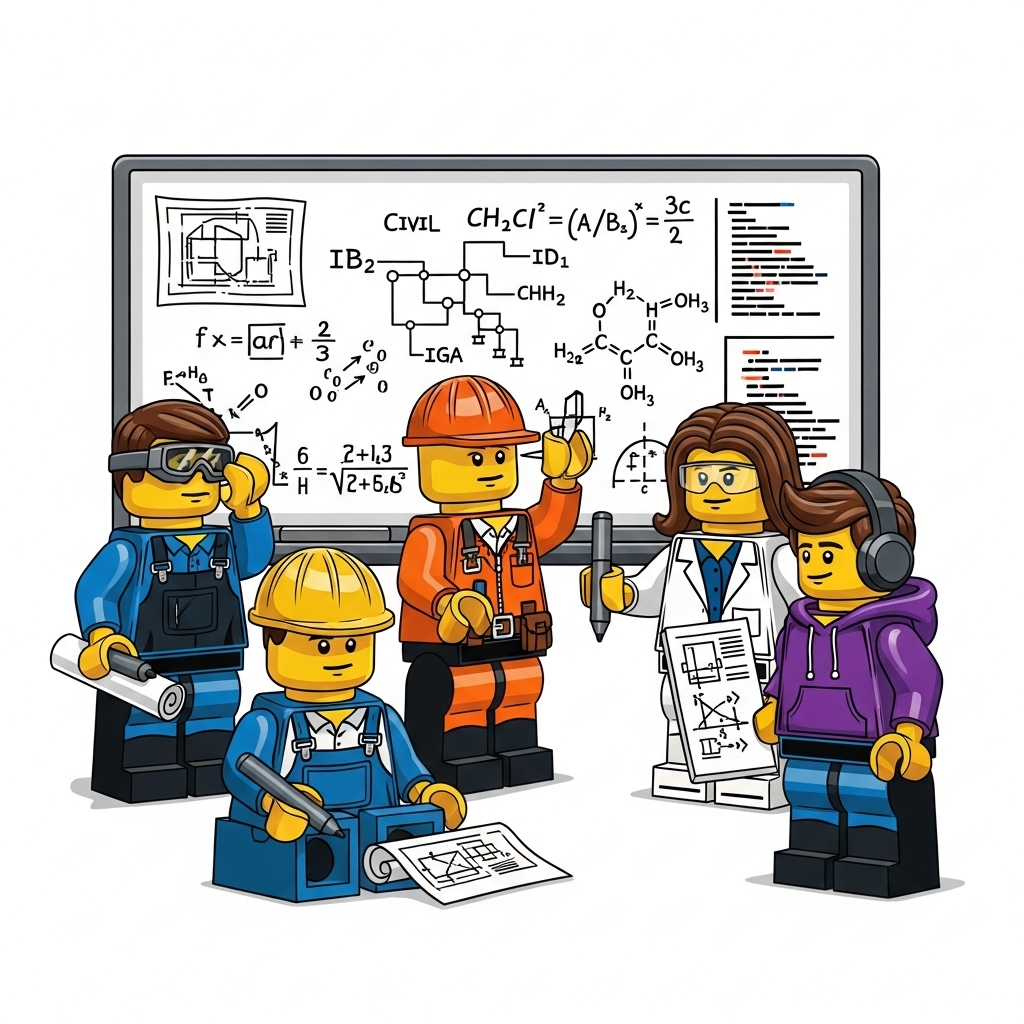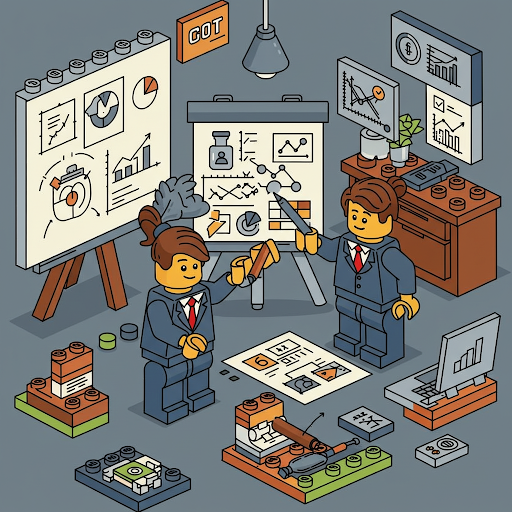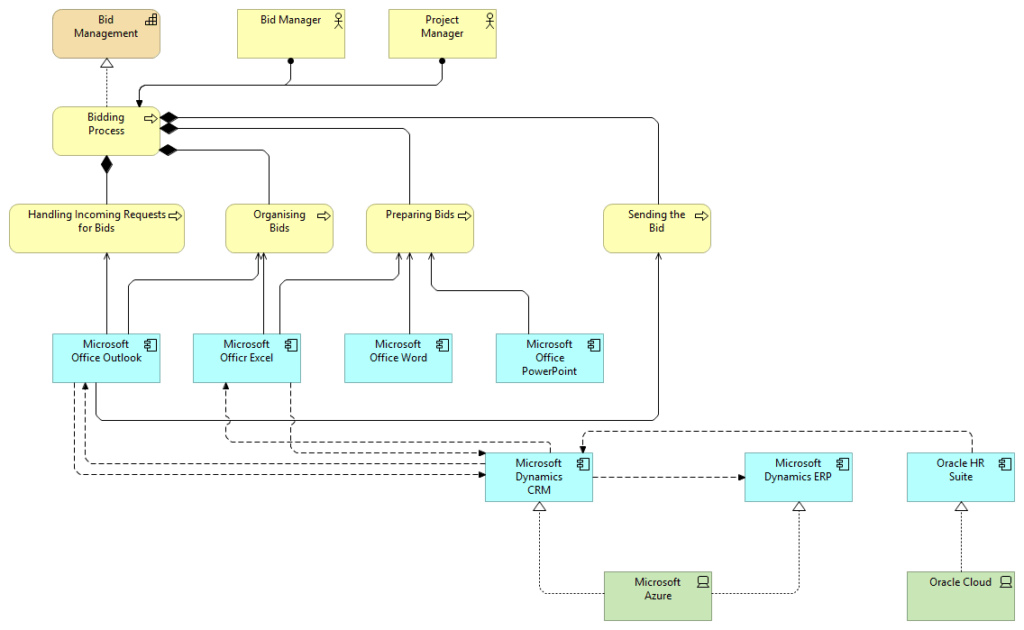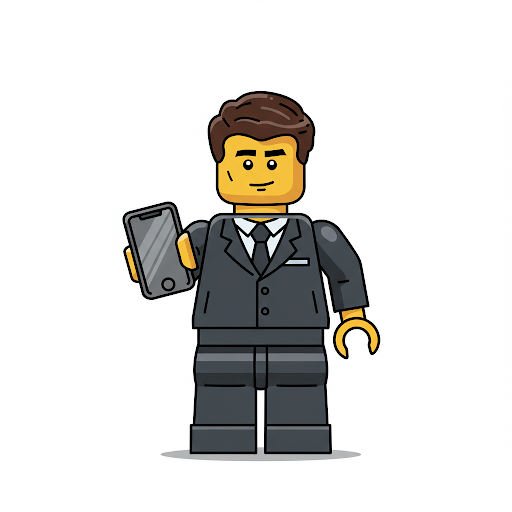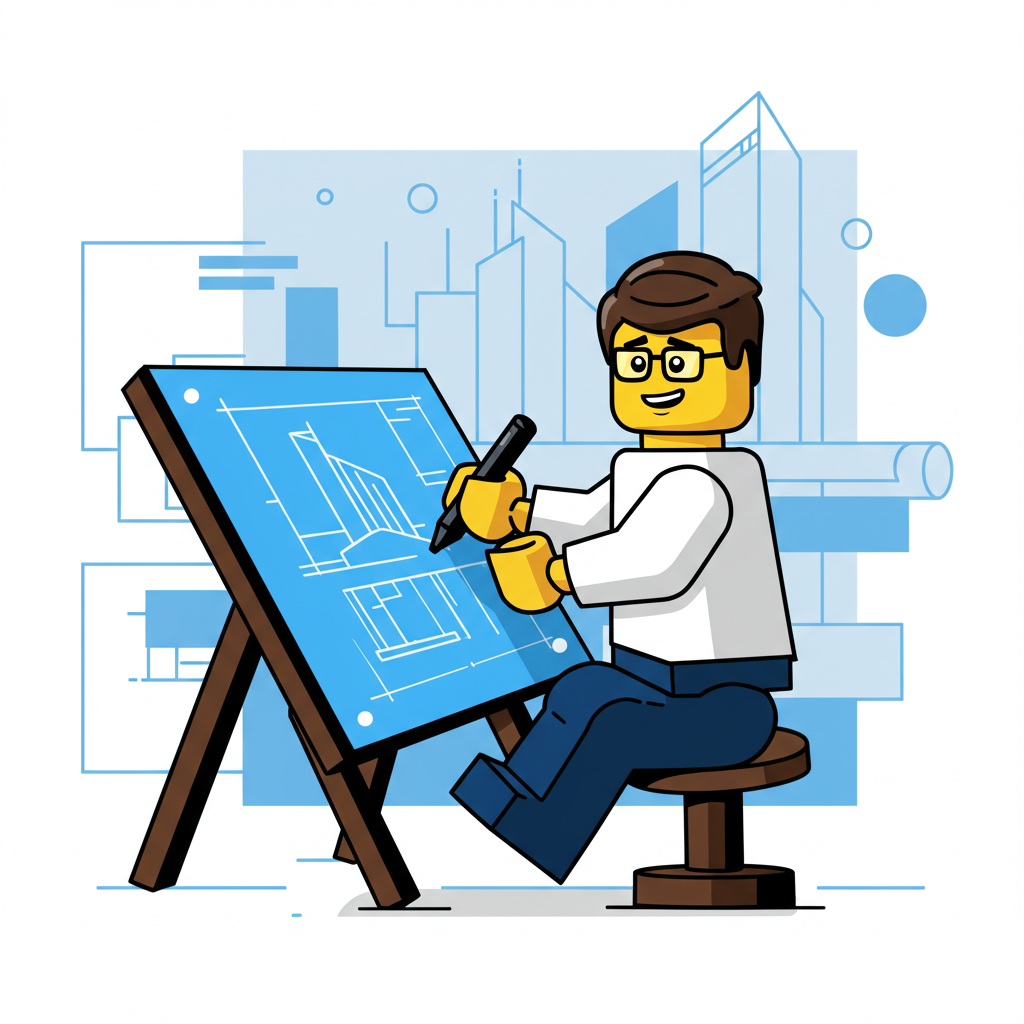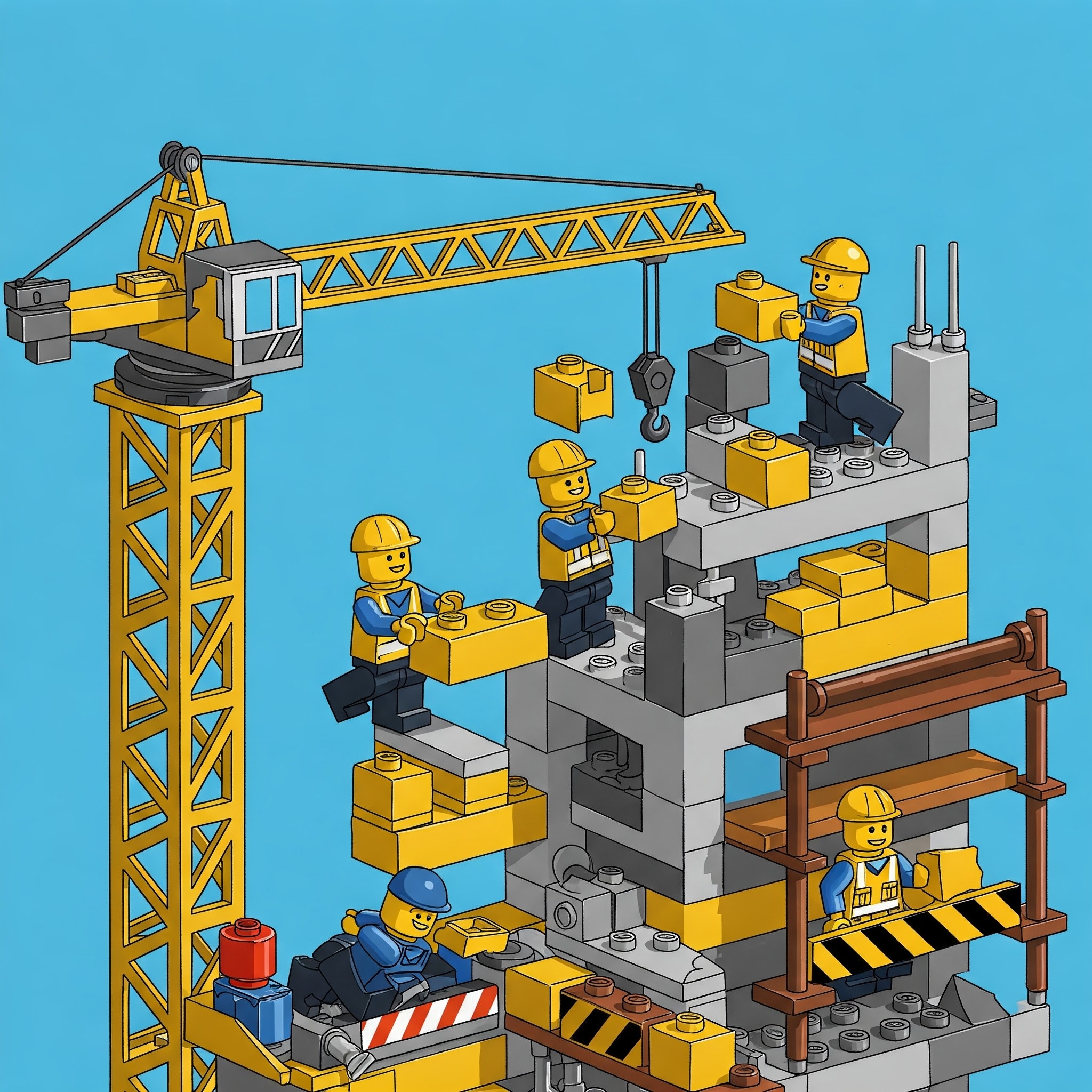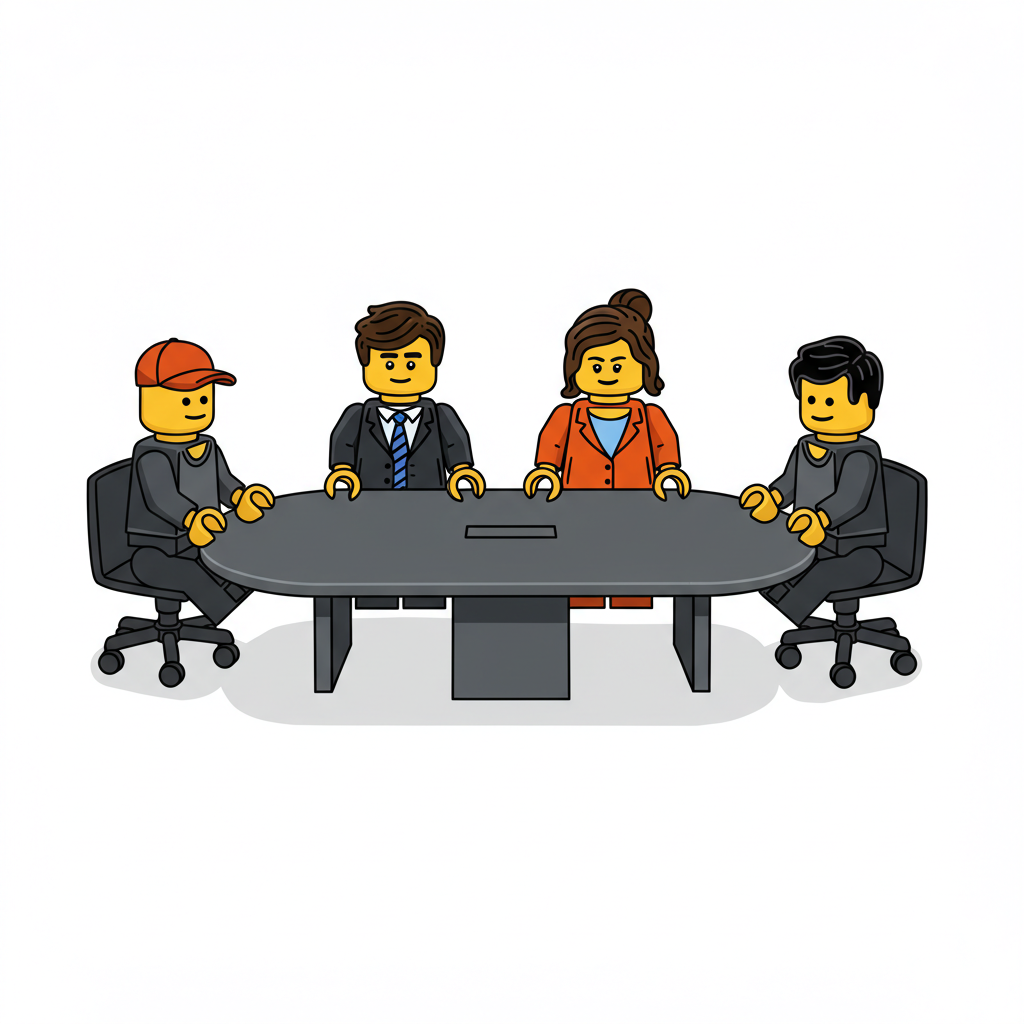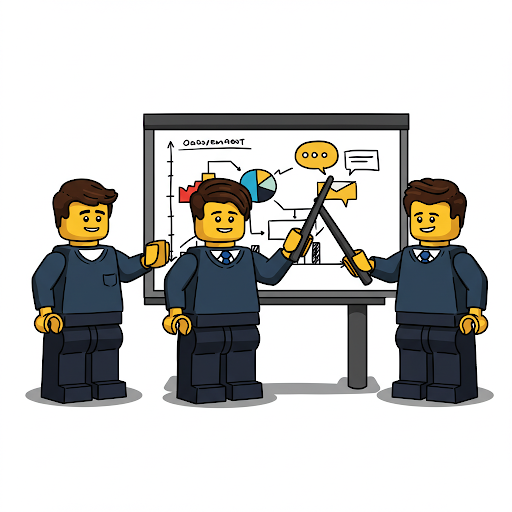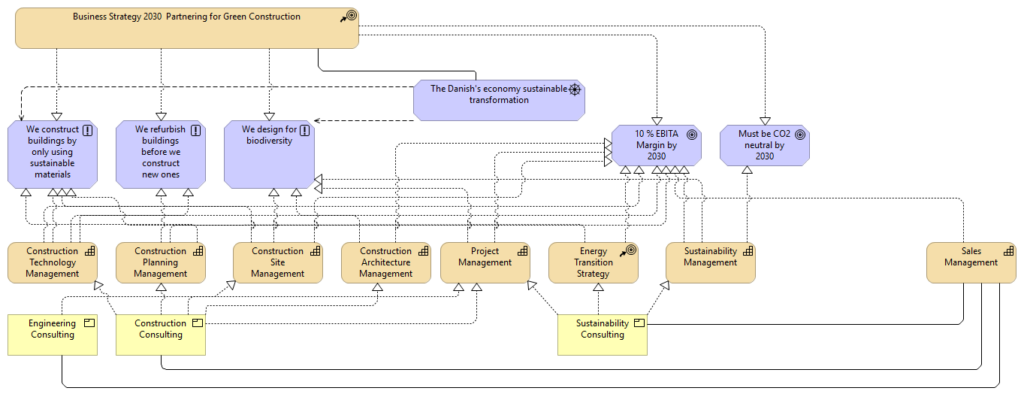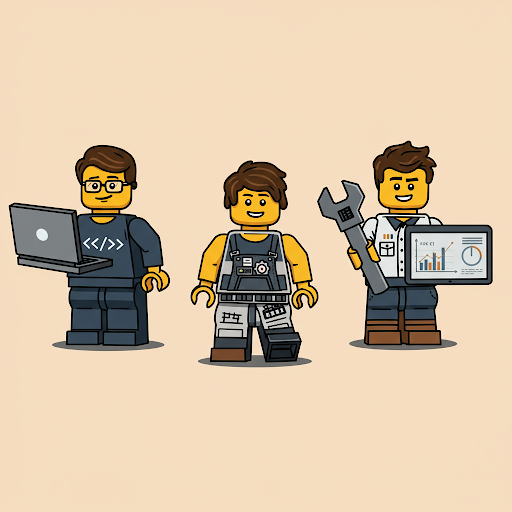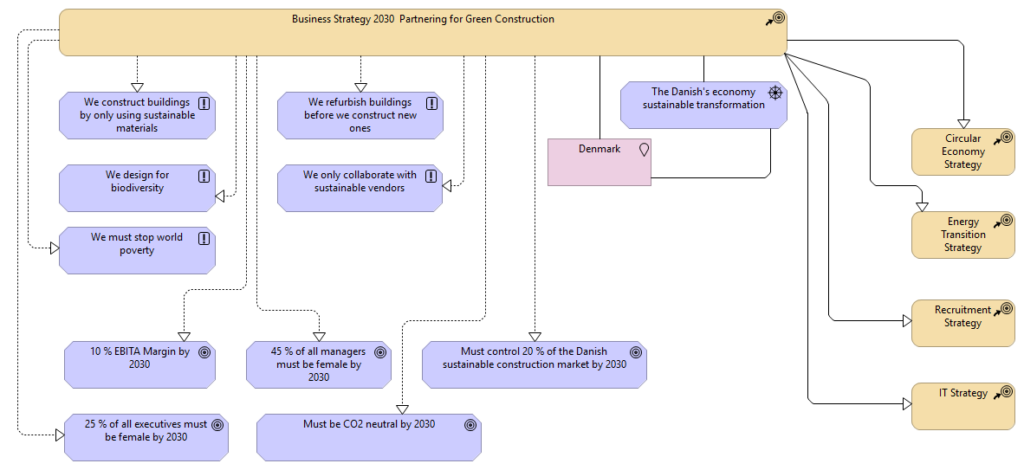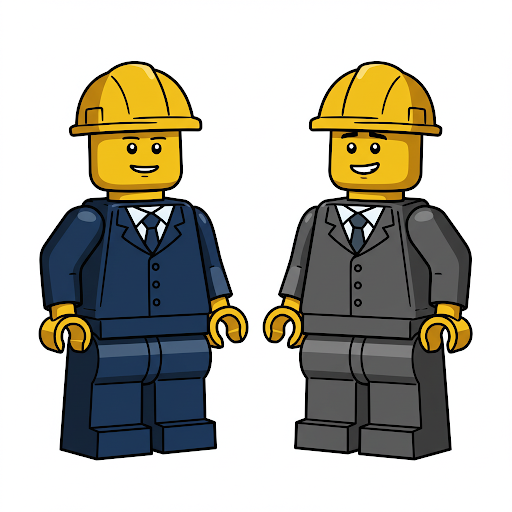The enterprise architect walked through the architecture documentation that he had produced together with the head of departments in the AEC-company, and he correctly identified the need for him to look into this important process as-well.
For most Architecture, Engineering and Construction companies most of the services and products delivered are delivered through a rigorous project delivery process, since costs can increase significantly if the methodology and planning processes are not dealt with correctly.
The project delivery process does in the context of the AEC-company handle everything from project methodology, capacity planning, allocation of resources, project planning, project execution and project documentation. The insights the enterprise architect has at this point in time are not thorough enough for producing the relevant planning for the digital transformation of the AEC-company. Consequently, the enterprise architect will have to conduct a similar clarification process for engaging with the subject matter experts with the current findings and then elaborating based on the data how the AS-IS state is and how the TO-BE state should be for the process:
- The first workshop is about getting answers for specific questions.
- The second workshop is about getting insights on the business applications and the dataflow.
- The third workshop is to present the TO-BE version of the process design including its usage of business applications.
For the first workshop the enterprise architect desires to ask the below questions:
- When making a planning a new project what applications do you make use of?
- Who will you be contacting and how do you do so?
- Where do you store the project planning, capacity requests, and customer data?
- How do you create an overview of ongoing projects and capacity?
The primary scope for the enterprise architect is to clarify the business applications (Application Components), the business interfaces and subsequent application interfaces needed in order for the business process to be designed to deliver on the goals that must be realized as part of the business strategy (Course of Action) “Partnering for Green Construction”.
The enterprise architect designs a high-level view of the “Project Delivery Process” for the TO-BE process beforehand, which makes the below view of the process a premature, and it will likely be updated after workshop 1 and 2:

Line of Sight
After the enterprise architect has designed the above view of the TO-BE (Preliminary) process design for the project delivery process, then it is possible to interact with the below line of sight for the specific application components in the model. The below illustration is created by filtering on elements (Application Component) and filtering of viewpoint to “Application Structure”:
